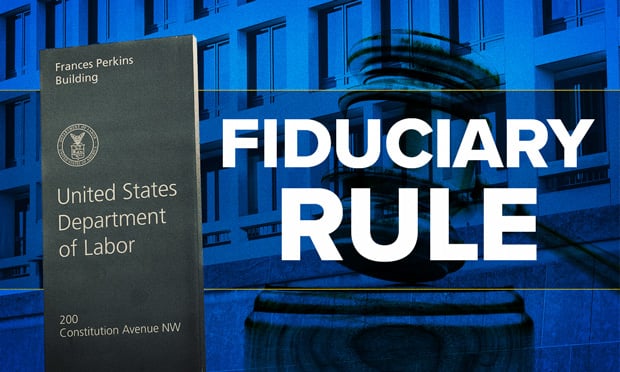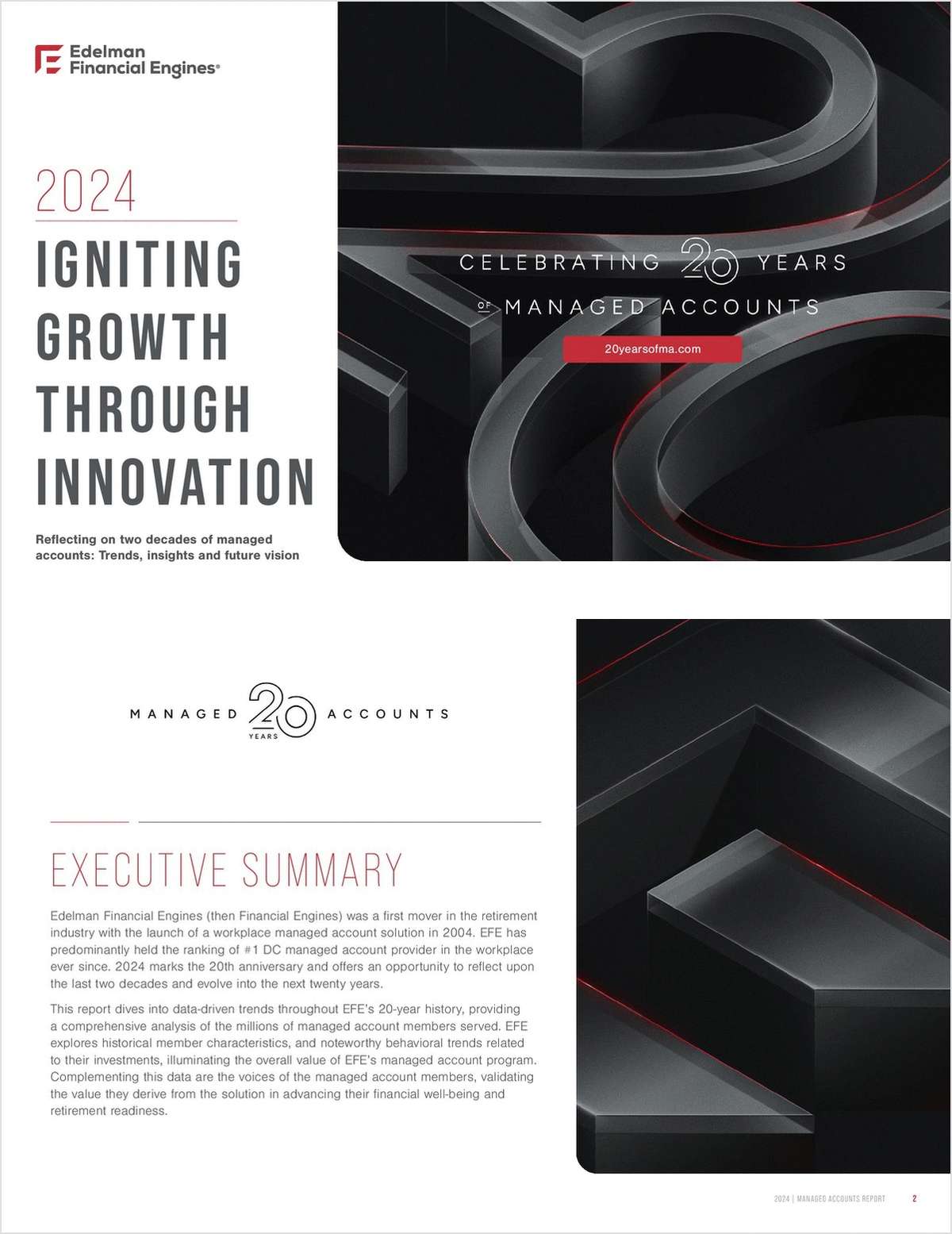In many ways, today's financial profession is producing better long-term analysis and planning than ever. But whenever I see a "gold-standard" planning process in action, I often ask the practitioner a question:
"Are all the numbers in your plan denominated in U.S. dollars?"
The answer, of course, is that dollar-denominated plans are all most planners have ever known. What's the alternative, anyway? Planning in euros or yen?
Continue Reading for Free
Register and gain access to:
- Breaking benefits news and analysis, on-site and via our newsletters and custom alerts
- Educational webcasts, white papers, and ebooks from industry thought leaders
- Critical converage of the property casualty insurance and financial advisory markets on our other ALM sites, PropertyCasualty360 and ThinkAdvisor
Already have an account? Sign In Now
© 2024 ALM Global, LLC, All Rights Reserved. Request academic re-use from www.copyright.com. All other uses, submit a request to [email protected]. For more information visit Asset & Logo Licensing.








